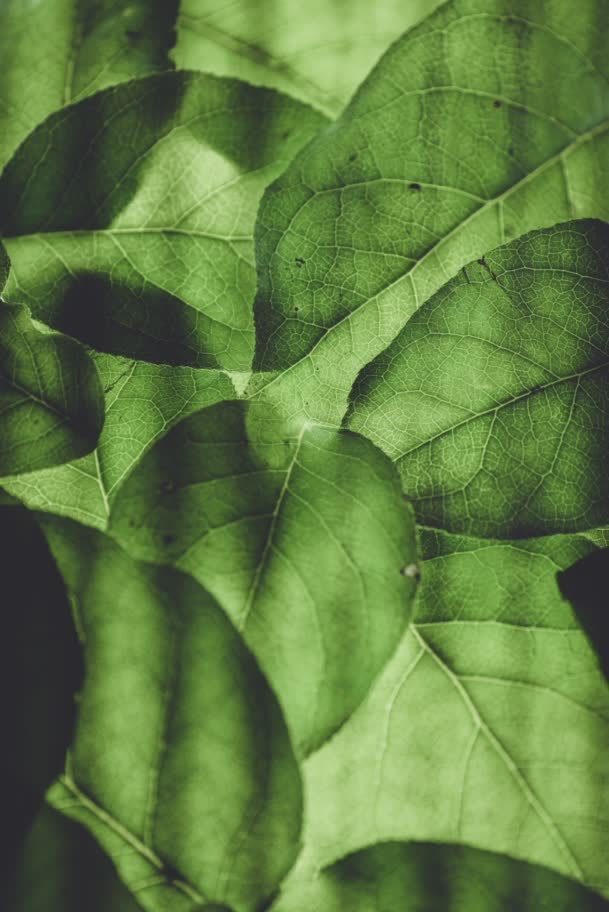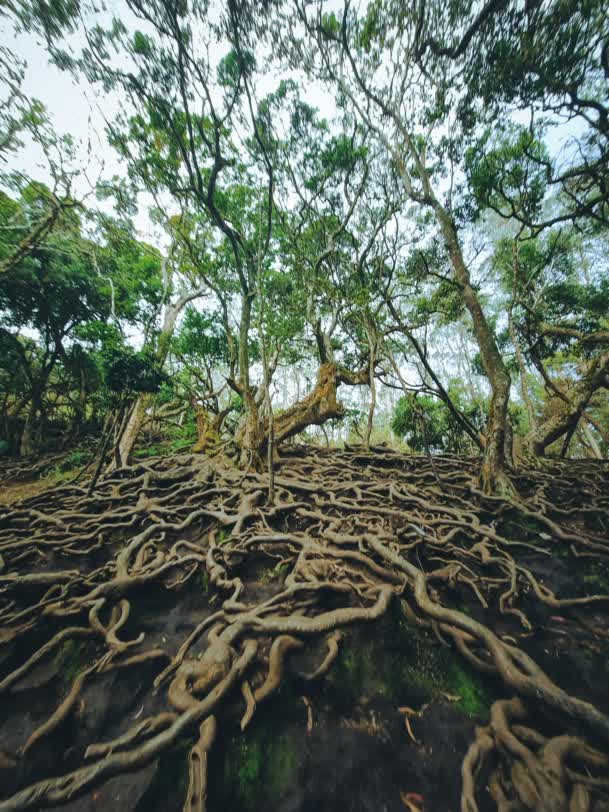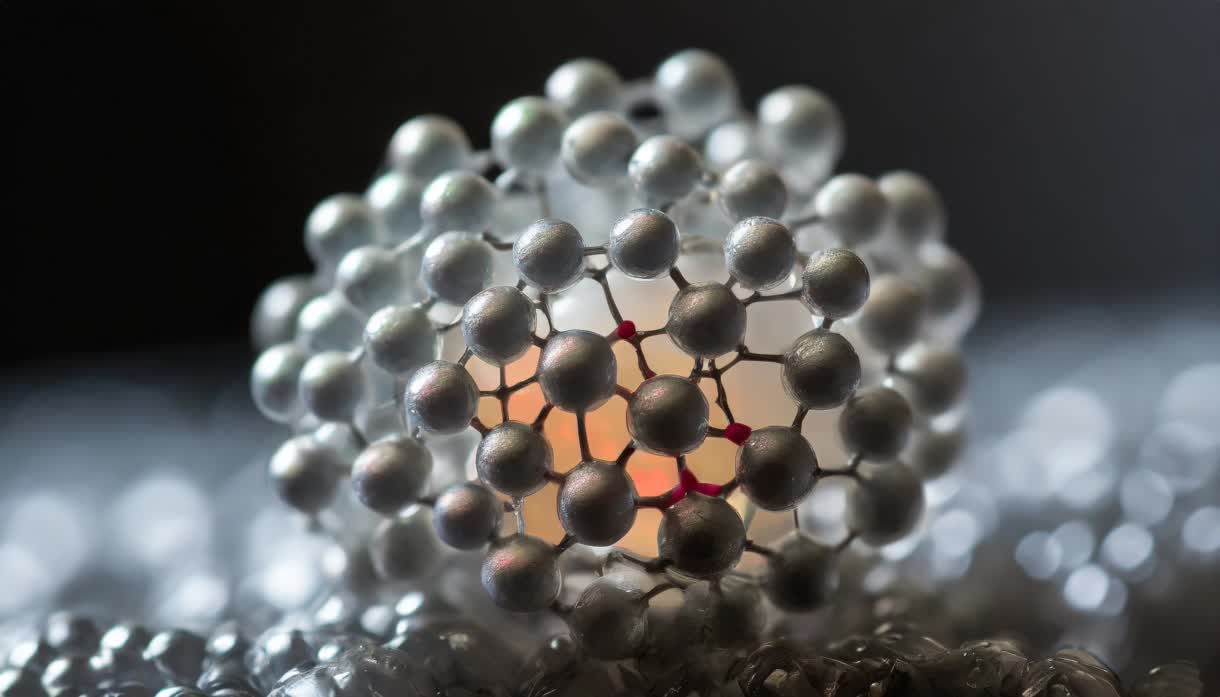Through evolution and natural selection, nature has indeed resolved complex queries, such as resistance to heat and wind, energy capture and accumulation
- Innovation
- science
- Engage Nature
- sustainable industry
When the project is mimetic
“We do not seek to imitate nature, but rather to find the principles she uses”
Buckminister Fuller
The Interdipendence of Design and Materials
Contemporary design advocates for processes of innovation and experimentation where people, culture and industry converge, intersect, and mutually enrich through multidisciplinary integration and increasingly scientific methodologies.
It transcends the mere handling of refined data, delving into phenomena observation, longer-term horizons, usage and reuse cycles, and metrics tied to environmental interactions, encompassing both raw material extraction and processing. Accelerating innovation hinges on fostering collaborative intelligence exchange: is this a domain of disciplinary intersections that foster new hopes and outline possibilities and pathways to solutions.
The dialogue and cooperation between design and materials endowed with non-traditional characteristics and functionalities are constant, grounded in the definition and experimentation of new languages and sharing methods, facilitating individual and corporate growth by fostering moments of interaction and debate within their workgroups and disseminating learned knowledge to industrial enterprises oriented toward building and offering integrated, and preferably responsible, innovation.
Nature Teaches
Today, materials science delves into nature, biological systems, chemical compositions, and proposes stimuli
indicating some of the most advanced directions in technological development.
Design practice, in tandem with biology, physics, geology, biotechnologies, and above all, chemistry of materials, finds new and unprecedented collaboration contexts where roles continuously invert, fuse, and renew symbiotically, as nature teaches..
Natural System Interactions Nurture Design Culture

One of the earliest instances of nature-inspired design was the study of birds to envision human flight.
Leonardo da Vinci meticulously annotated and sketched various avian strategies, structures, capabilities, and anatomies.The Wright brothers, who successfully flew the first aircraft in 1903, drew inspiration from the same lines of inquiry. Vegetation offers a plethora of insights. Though incapable of movement (at least within our timeframe), plants alter their structure in response to environmental changes—a transformation termed tropism.
A flower opens, closes, and orientates following the sun and its position. Various tropisms
encompass gravity reaction, physical contact, and specific light response. This system of observing nature
through actions, reactions, and interactions becomes pertinent in design culture, the subject of deep
methodologies, studies, applications, perspectives, and is defined as biomimesis, or biomimicry.
All natural systems operate within closed cycles (there's no waste in nature), grounded in interdependence,
interconnectedness, cooperation, processes that underpin all living systems, functioning on solar energy,
respecting and enhancing diversity. We can emulate nature's processes to enhance human technologies. Every living species is founded upon a complexity increasingly comprehended by science, supporting the evolution of industrial products with new technologies and materials. These characteristics are reapplied by modeling structures and patterns to better replicate the motivations and phenomena such traits imply.
This transformation is unfolding over the past decade in architecture, robotics, transportation, urban planning, medicine, and computer science, but most notably, in materials science.
It was American biophysicist Otto Schmitt in 1957 who conceived an approach he would term biomimetic, to describe the transfer of biological processes to technological systems. He studied the nervous system of squids to design a device that would replicate the biological nerve propagation system.
Trees: a Strategic Way of Growing

The case of Velcro is highly renowned for being inspired by the hooked shape of plant seeds; animals in cold climates, for hibernation carve niches that maximize internal volume while minimizing dispersing surface area, to release as little heat as possible; from there, humans learned to build igloos. This behavior describes the natural adaptation of living organisms to the conditions of their reference environmental context.
Site analysis, preliminary in urban settlement planning, is also carried out by animal species to choose where to place their nests or dens. These are built with local recovery materials: wood, sand, mud, straw, leaves. Materials with very low embodied energy, understood as energy consumed during extraction, production, transportation, installation.
To withstand forces that would otherwise break them, trees have developed a strategic way of growing: they form their wood to counterbalance such forces. As a trunk or branch grows, it adjusts the size and number of cell types, wall thickness, and compounds within them. Coniferous trees cover the underside of branches with rigid lignin to resist compression stress. The support is adaptable, working with angles and curves, integrated into the material used for construction on a molecular scale.
The Lessons learned: from Trees and Squid to Ceramic
As demonstrated in the ceramic slab processing case of the additive system developed by Lamberti
Ceramics, it's possible to incorporate these and other lessons learned from trees into creating solutions that optimize flexibility and strength with enormous energy, material, and climate-altering emission savings.
Cephalopods also provide inspiration through their behavior for ink delivery on ceramic surfaces. When threatened, squids expel an ink cloud to create a smokescreen that disperses perfectly in water and confuses predators. The ink consists of substances released from various glands mixed together in a sort of
customization relative to the specific type of threat. In the laboratory, tailor-made organic hyper-dispersants
have been developed to coat the ink pigment particles for printers, preventing them from aggregating and
ensuring a correct and stable flow.
Plants, in search of water and nutrients unevenly distributed in the soil, have developed specific chemicals to reduce the surface tension of water and better absorb nutrients through their roots. This is another example of biomimicry found in glazes, especially for ceramics. The process that led to these solutions is very interesting because it applies principles of nature > chemistry > technology transfer that open new and fascinating scenarios.

Biomimetic synthesis is the new frontier of chemistry in the twenty-first century, shaping molecules by mimicking the biological synthesis elaborated in living organisms.
It is also found in the latest frontier of research applied to surface treatments, in Coating: hydroxyapatite (HAP), a natural material present in teeth and bones, is now replicable for synthesis and workable in the form of spheres that can allow different woods and materials to acquire plasticity, inflammability, and specific tactile properties.
The Intelligence of Matter
Biomimetic Design
We are accustomed to regarding designers as creatives who shape beautiful furnishings, cozy interiors, or some high-tech interfaces. However, the development of biomimetic design compels us to interpret the term "design" in its most complex sense of “project” (transcending the historical discipline of form plus function) and to rethink the concept of beauty.
We will become accustomed to new tactile and olfactory perceptions, to invisible and intangible performances, to recognizing as commonplace the mechanisms of material orientation and conditioning at a micro level, to imagining molecular design and their interactions as the primary design option. While the greatest revolutions in the design sector will come from integrated work with synthetic disciplines, the design of nature and the study of its evolutions will also shape the orientation of chemical industrial research.
Especially concerning those products we aim to make sustainable: in this area, as well as in that of Artificial Intelligence, ethical ramifications are yet to be resolved; anything can happen. It's crucial to always understand the ethical and regulatory framework within which these innovations and challenges operate.

